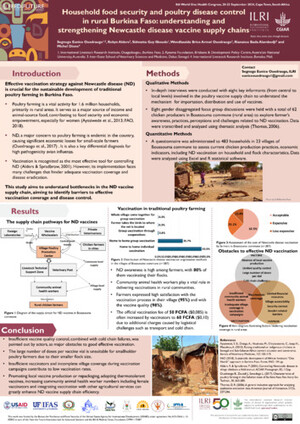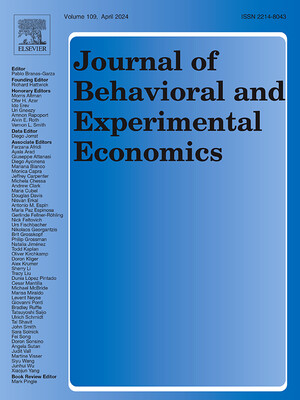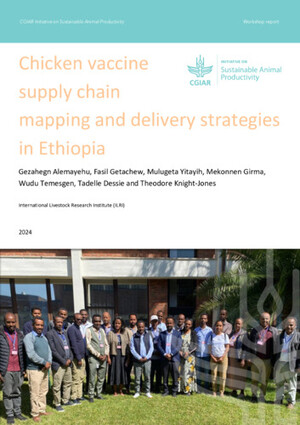
Characterisation of a potyvirus from Centrosema pubescens Benth
Abstract
A virus, 750 /I > 18 nm, was isolated from Centrosema pubescens from Nigeria, causing leaf malformation, mosaic and mottling on the plant. When inoculated on to various test plants, it failed to produce necrotic or chlorotic lesions on Chenopodium amaranticolor, but symptoms of mottling were observed. The virus did not infect cowpea (Vigna unguiculata varieties IT82E-10, IT84S-2114, Ife brown, TVU 76 or TVU 2657), but produced chlorotic spots, vein clearing and mottling on soybean (Glycine max cultivars Malayan and Samsoy-2). Protein-A sandwich enzyme-linked immunosorbent assay (ELISA) shows that the virus is serologically closely related to Sweet potato feathery mottle virus (SPFMV) genus Potyvirus, Bean yellow mosaic virus (BYMV) genus Potyvirus and Tobacco etch virus (TEV) genus Potyvirus. Comparison of amino acid sequences of the coat protein of the virus with several potyvirus coat protein sequences, using BLAST (Basic Local Alignment Search Tool) analysis, confirmed the relationships. The antiserum raised against the virus had a titre value greater than 1 : 16,000, using antigen-coated plate ELISA. The name Centrosema mosaic virus (CenMoV) for this apparently new Potyvirus is suggested. The consequences of infection of forage legumes with this virus are discussed.
Citation
Tropical Science;47(1): 3-15










